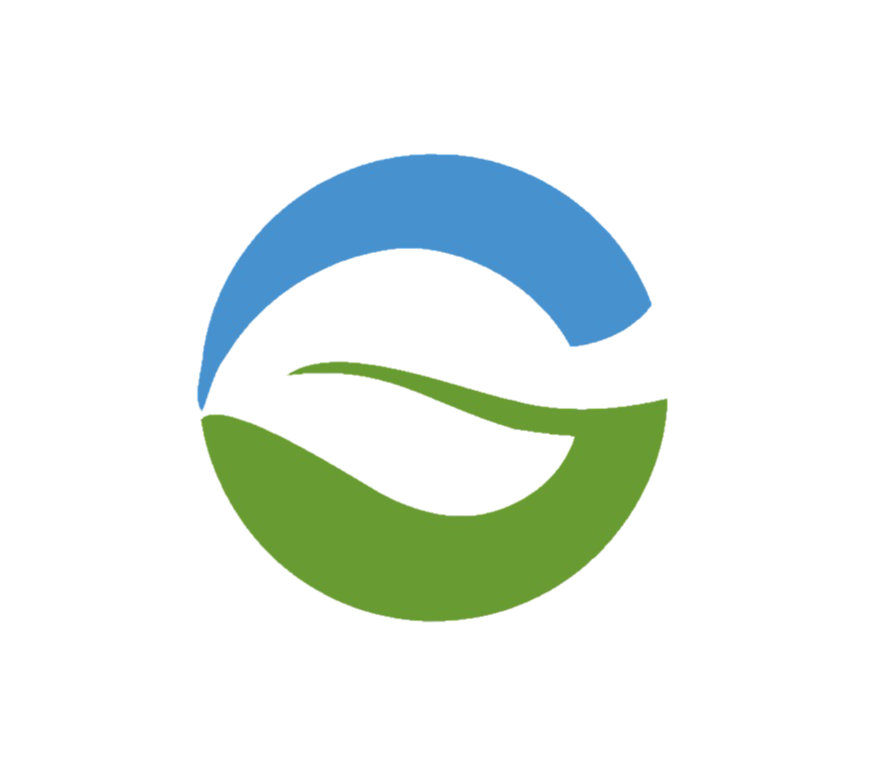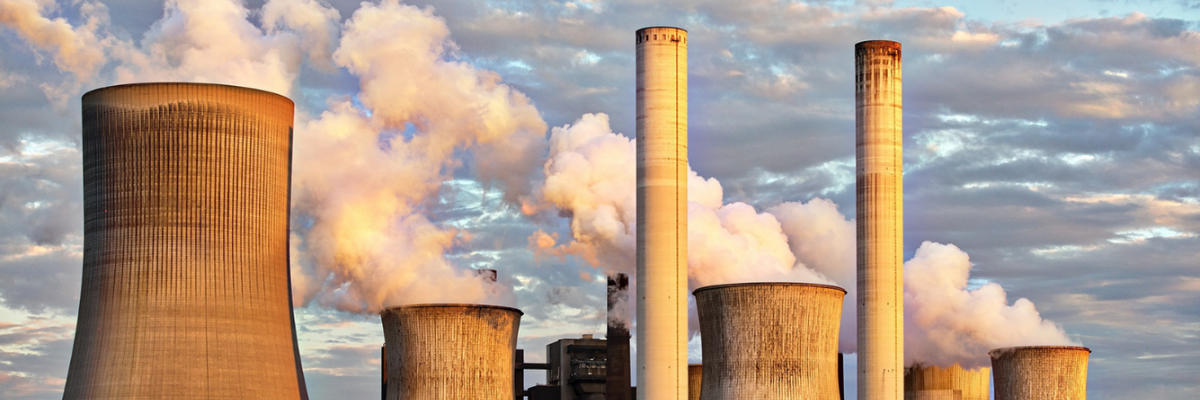Achieving Zero Liquid Discharge (ZLD) in a thermal power plant involves treating all wastewater generated during plant operations so that no liquid waste is released into the environment. Instead, the water is treated, recovered, and reused within the plant, with only solid waste (usually salts and other residues) being discharged. Implementing ZLD in a thermal power plant requires a comprehensive approach that combines advanced water treatment technologies and proper wastewater management practices. Here’s how ZLD can be achieved in thermal power plants:
1. Identify and Segregate Wastewater Streams
- Categorize Wastewater Sources: In thermal power plants, wastewater comes from various sources like cooling tower blowdown, boiler blowdown, flue gas desulfurization (FGD) systems, and general plant operations. Each stream has different characteristics, such as varying levels of dissolved solids, chemicals, and temperature.
- Segregate Wastewater: To optimize treatment, it’s important to segregate wastewater streams based on their composition, allowing for more efficient and tailored treatment processes.
2. Pre-Treatment of Wastewater
- Coagulation and Flocculation: This initial treatment removes suspended solids, heavy metals, and colloidal matter from wastewater. Coagulants and flocculants are added to aggregate particles, which can then be removed by settling or filtration.
- pH Adjustment: Many wastewater streams in power plants have high or low pH levels. Adjusting the pH helps optimize further treatment processes, such as chemical precipitation and biological treatments.
- Oil and Grease Separation: If the wastewater contains oils or greases, they must be separated using oil traps or skimmers.
3. Advanced Filtration
- Membrane Filtration: Techniques like ultrafiltration (UF) or nanofiltration (NF) can be used to remove fine particles, bacteria, and some dissolved solids. Membrane filtration helps prepare wastewater for subsequent desalination steps.
- Reverse Osmosis (RO): RO is commonly used to remove the majority of dissolved salts and impurities from wastewater. In the ZLD process, RO can recover up to 80-90% of the water, but the remaining high-salinity concentrate must be further treated.
4. Concentration of Brine and Reject Streams
- Brine Concentrator: The high-salinity reject from the RO process, also known as brine, can be treated in a brine concentrator. This unit reduces the volume of wastewater by evaporating water, which is recovered as clean water, leaving behind concentrated brine.
- Evaporation Ponds (for partial ZLD): In some cases, evaporation ponds can be used to handle smaller volumes of concentrated brine, allowing the water to evaporate naturally, leaving behind solid residues. However, this is not as efficient or complete as using advanced evaporative technologies.
5. Thermal Evaporation
- Mechanical Vapor Recompression (MVR): MVR systems are used in ZLD to further evaporate the remaining water from concentrated brine by compressing and reusing the vapor energy. This results in the recovery of more water and reduces energy consumption compared to traditional evaporation.
- Multi-Effect Evaporators (MEE): MEEs use multiple stages of evaporation to recover water from the concentrated brine efficiently. Steam generated in one stage is used to heat the next stage, optimizing energy use. This step is crucial in reducing wastewater volumes down to solid salts.
6. Crystallization of Solids
- Crystallizers: Crystallizers are used to handle the final concentrated brine from the evaporators. They remove the remaining water, leaving only solid crystals (typically salts and minerals). The clean water is recovered and returned to the plant’s water cycle, while the solid waste is sent for proper disposal.
- Solid Waste Disposal: The crystalline solids left after the ZLD process, which typically contain salts, are either reused in industrial processes (where feasible) or disposed of in landfills, following environmental regulations.
7. Water Recovery and Reuse
- Recycle Treated Water: The recovered water from the ZLD process can be reused within the power plant. This can include use in cooling systems, boiler feedwater, or other operations, reducing the need for fresh water intake.
- Reducing Water Footprint: By recycling treated water, thermal power plants can significantly reduce their reliance on freshwater resources, contributing to more sustainable water use.
8. Efficient Management of Cooling Towers
- Cooling Tower Blowdown Management: Cooling towers are major consumers of water in thermal power plants. Blowdown water from cooling towers contains dissolved solids that need to be managed. Minimizing blowdown and reusing the water helps achieve ZLD.
- Hybrid or Dry Cooling Systems: Some thermal power plants are switching to hybrid or air-cooled systems to reduce water consumption. This reduces the volume of wastewater generated, easing the ZLD process.
9. Implementing Flue Gas Desulfurization (FGD) Systems
- Water Use in FGD: FGD systems are used to remove sulfur dioxide from flue gases, but they generate wastewater that is often laden with heavy metals and other contaminants. Advanced FGD wastewater treatment technologies, such as chemical precipitation and biological treatment, are needed to handle these streams before they enter the ZLD process.
- Efficient FGD Wastewater Treatment: By efficiently treating FGD wastewater, the volume of liquid discharge is reduced, making it easier to handle within the ZLD framework.
10. Automation and Monitoring
- Advanced Monitoring Systems: To ensure efficient operation of ZLD systems, automated monitoring and control systems are essential. These systems continuously track water quality, system performance, and energy use, allowing for real-time optimization and reduction of operational costs.
- Predictive Maintenance: Implementing predictive maintenance strategies helps prevent equipment failure and downtime, ensuring that ZLD systems operate efficiently and consistently.
Challenges and Solutions in Achieving ZLD
- Energy Consumption: The ZLD process, especially evaporation and crystallization, is energy-intensive. However, integrating energy recovery systems like Mechanical Vapor Recompression (MVR) can reduce energy demand.
- Capital and Operational Costs: ZLD systems can be expensive to implement and maintain. However, long-term savings on water procurement and environmental compliance, along with improved sustainability, often justify the investment.
- Handling Solid Waste: Proper disposal or reuse of the solid waste generated is crucial. Exploring opportunities for the beneficial reuse of salts and minerals can further optimize the ZLD process.
Conclusion
Achieving ZLD in thermal power plants involves a combination of advanced water treatment technologies, recycling systems, and waste management practices. By incorporating techniques like reverse osmosis, thermal evaporation, and crystallization, thermal power plants can minimize water consumption, eliminate liquid discharges, and comply with stringent environmental regulations. Despite the challenges of energy use and costs, ZLD ensures sustainable and efficient water management, which is becoming increasingly critical for the future of power generation.


Recent Comments